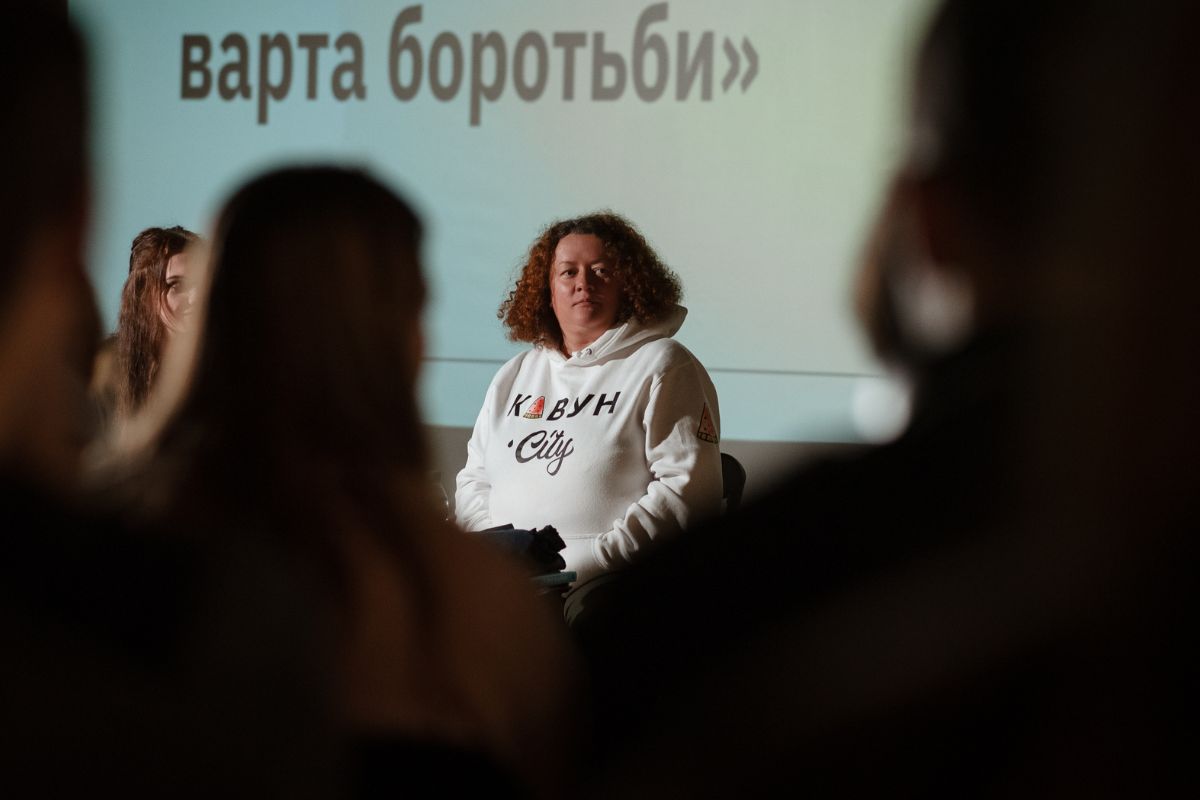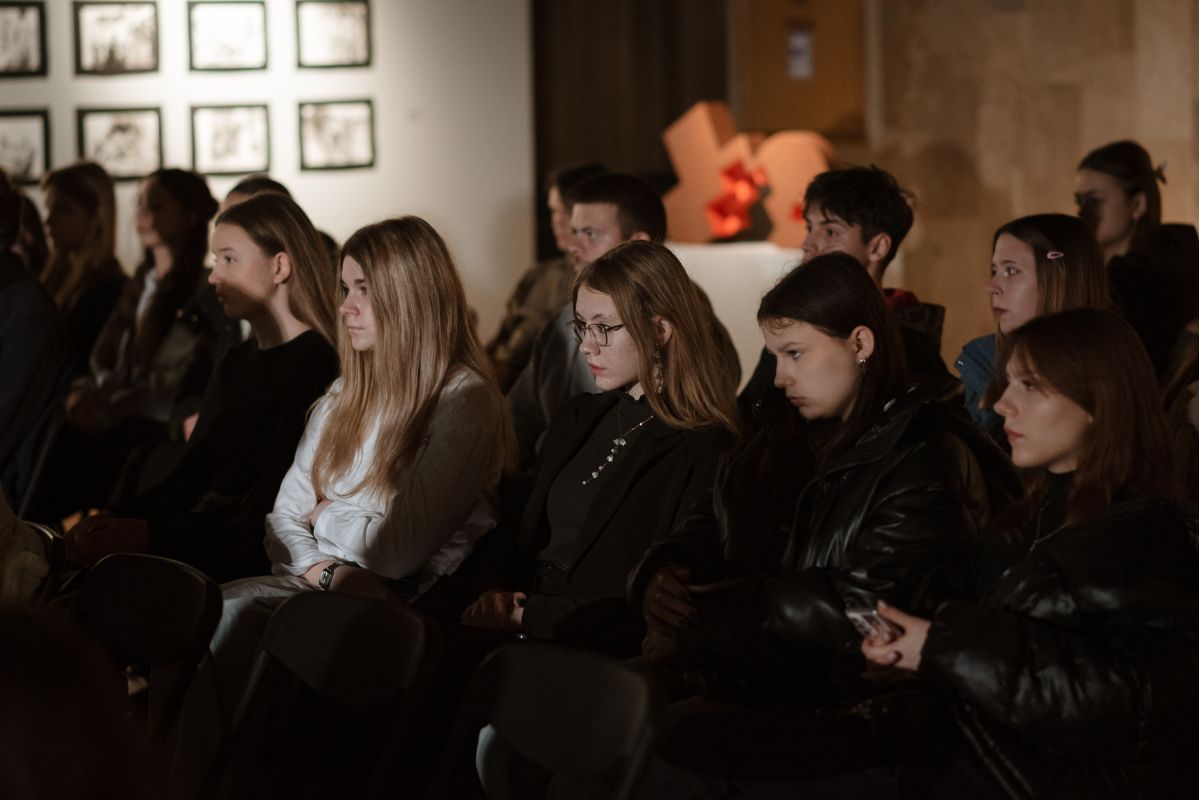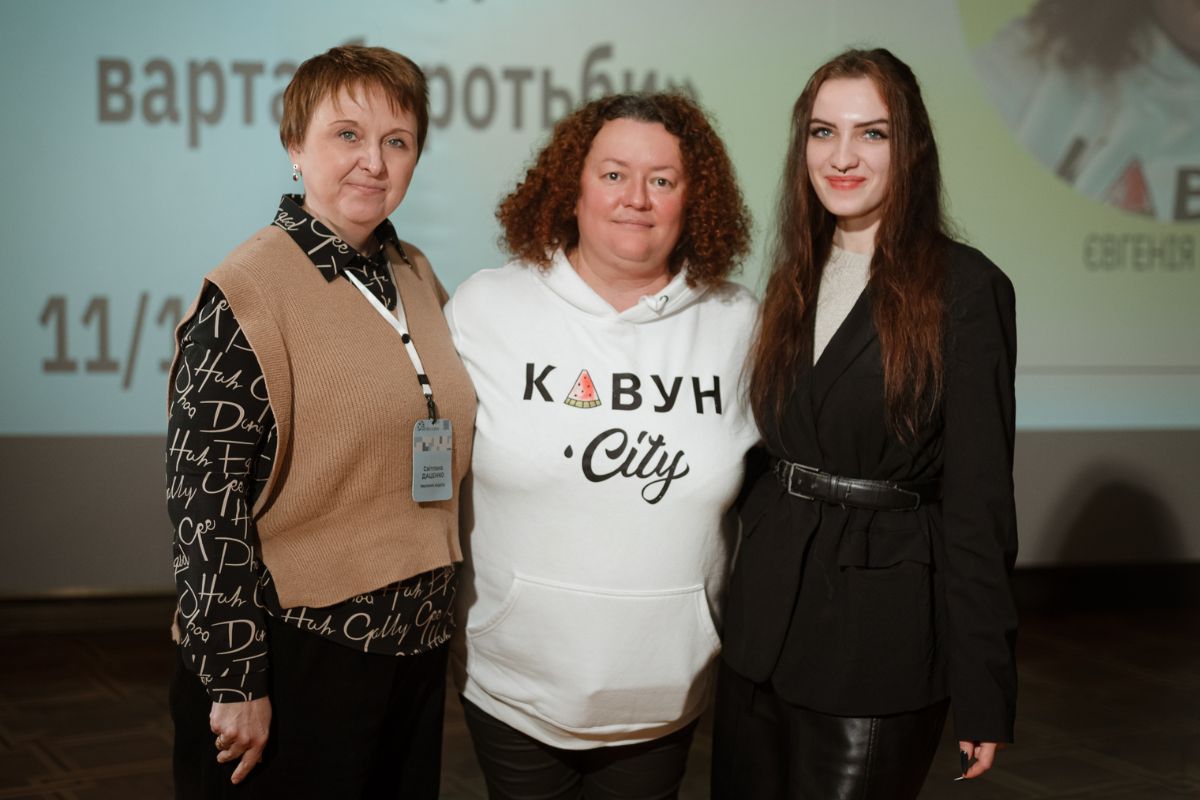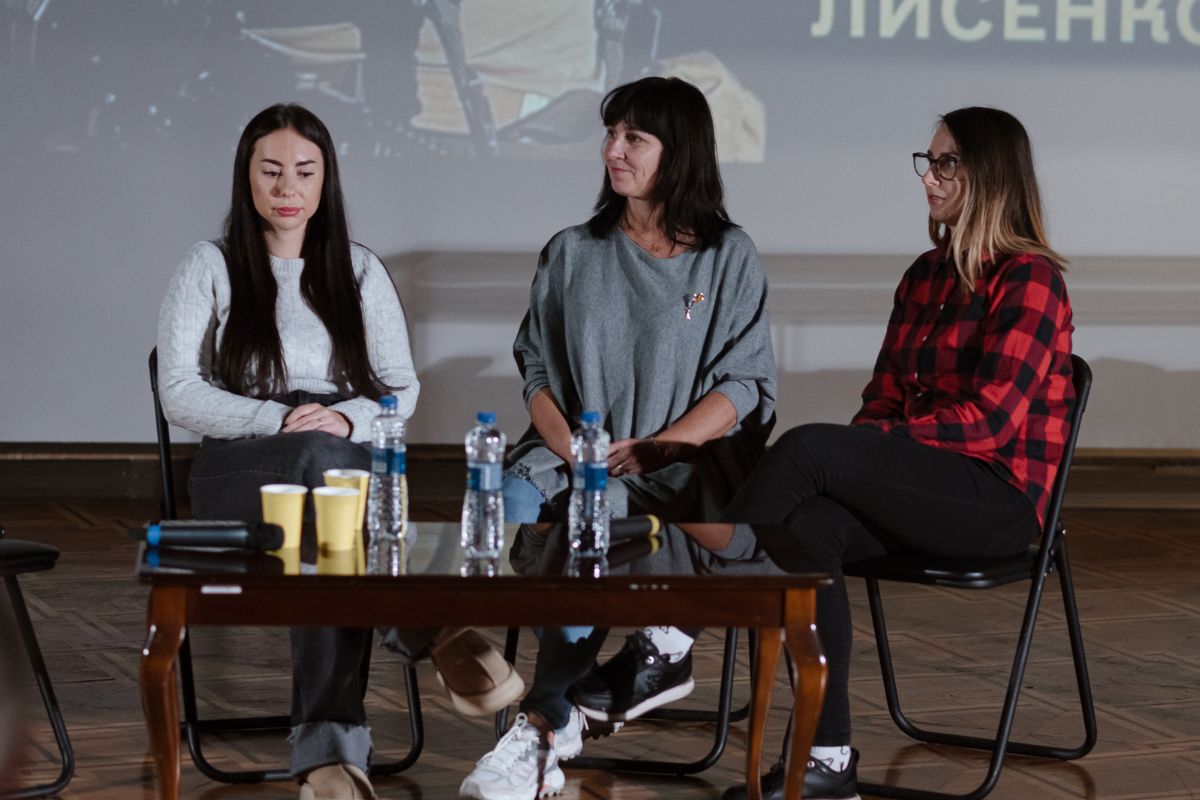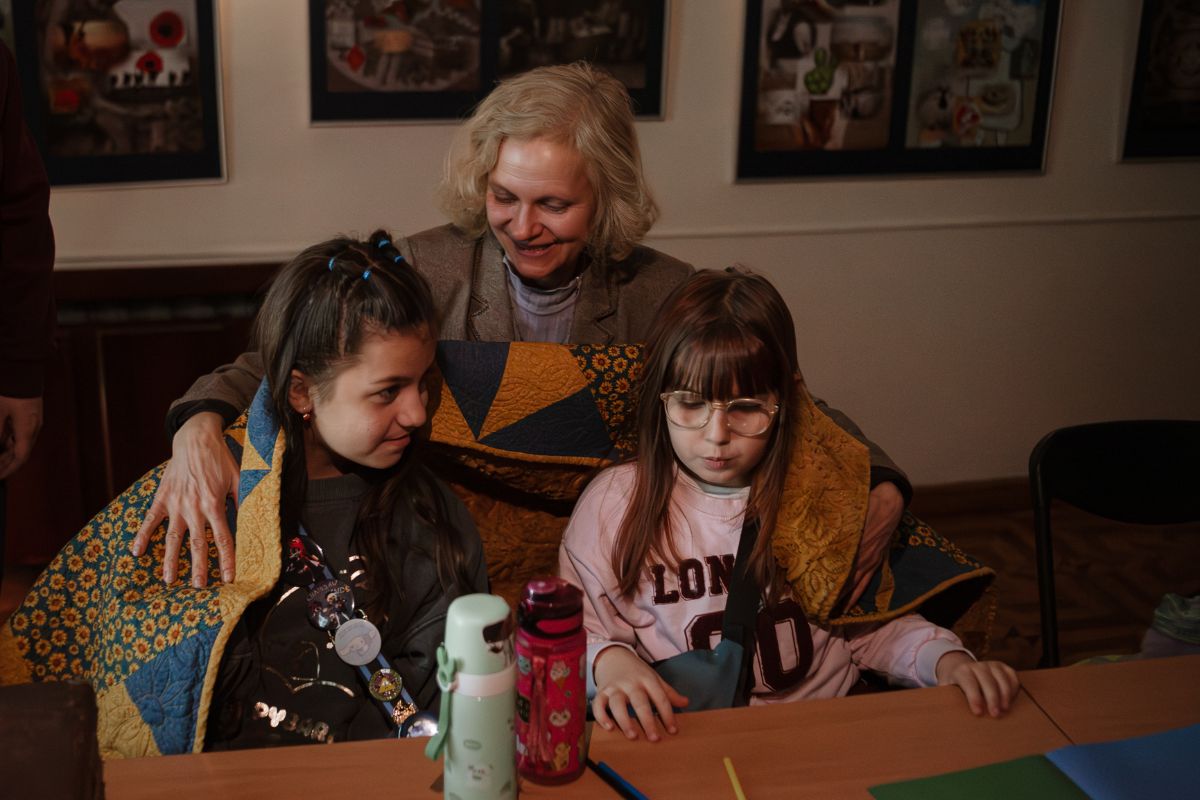An event was held at the War Museum dedicated to the role of Ukrainian journalism during the russian occupation of Kherson and the history of resistance in the media space. The guest of the meeting was Evgenia Virlych, a journalist, analyst, and founder of the Kherson publication “Kavun.City.” She continued her work even under occupation, despite the danger. The event was moderated by Museum guide Anna Dombrovska.
Before russia’s full-scale invasion, “Kavun.City” was a local publication with light content—advice, recipes, and city stories. However, on February 24, 2022, everything changed. “We realized we had to transform into an information platform about life in the city under occupation. We wrote about where to buy bread, which stores were open, and how to find communication,” recalled Evgenia Virlych. Over time, the editorial team began to document the activities of collaborators. “We needed to call things by their names,” the journalist emphasized.
Despite the occupation, the “Kavun.City” team tried to adhere to basic journalistic standards. “We had two filters: to write under the editorial name if someone was afraid to be open, and to adhere to basic ethics. But we never hid our pro-Ukrainian views,” Evgenia stressed.
The journalist also spoke about the change in rhetoric of the russian media after the liberation of Kherson. "If previously they tried to create the illusion of care—communicating with local residents, passing off the work of local utility workers as their own—now they are simply creating a ’picture’ for themselves. They do not address the people but only write about shelling and army ’successes’."
The moderator, Anna Dombrovska, presented the event participants with original russian propaganda leaflets from the museum funds—calls to vote in the pseudo-referendum or to obtain a russian passport for the sake of "social stability." She also showed an example of a deepfake with a forged video of the Head of the Kherson Regional Military Administration (KRMA) and explained how to recognize such manipulations—by unnatural articulation, distorted sound, and emotional triggers.
The event was attended by students of journalism and history specialties from the Open International University of Human Development “Ukraine,” Kyiv University of Culture, and Drahomanov Ukrainian State University. They had the opportunity to ask questions and hear direct testimonies from a person who continued working even under occupation.
The meeting was not only a story about journalism under those conditions but also a reminder of the power of truth that breaks through even censorship and fear. The story of Kherson journalists is proof that the word can be a weapon, and freedom is the highest value worth fighting for.


